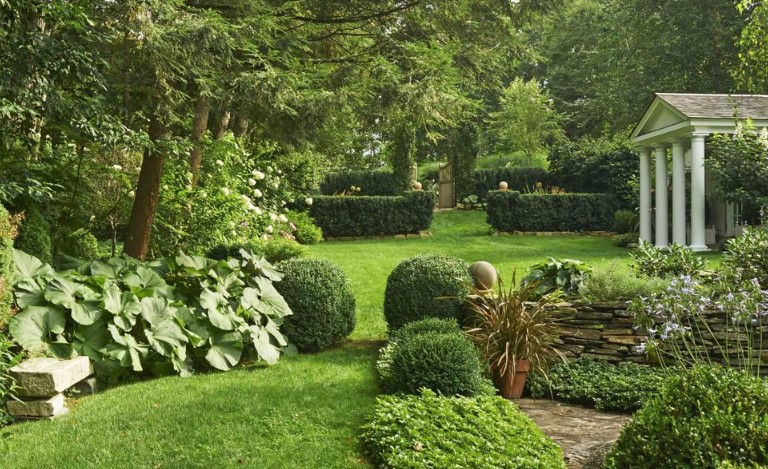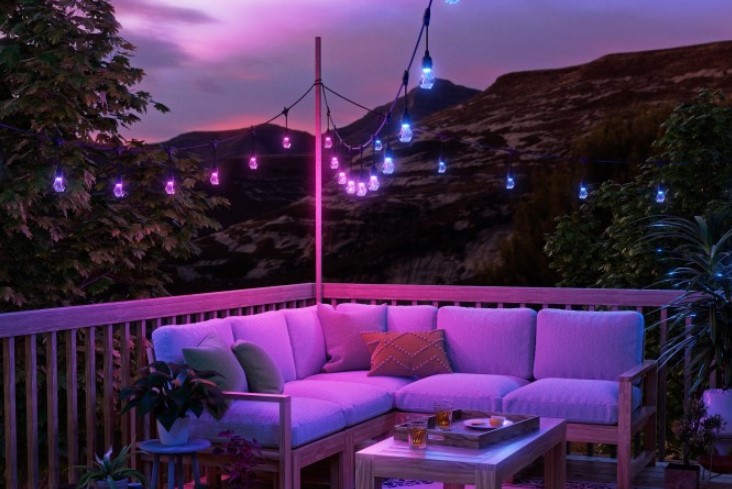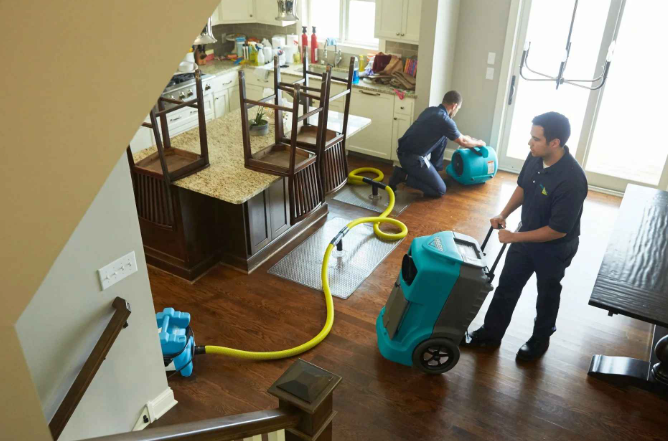
Gardens are not just outdoor spaces; they are an extension of our homes and a place where we can reconnect with nature. Creating a well-designed garden that reflects your style and personality can be a rewarding and fulfilling experience. If you’re looking for some inspiration and guidance to transform your garden into a beautiful oasis, this article will provide you with a variety of garden landscaping ideas. From selecting the right plants to incorporating hardscaping elements, we will explore different aspects of garden design to help you create a stunning outdoor space.
1. Introduction: Importance of Garden Landscaping
A well-designed garden is not only visually appealing but also enhances the overall aesthetics of your property. It provides a space for relaxation, entertainment, and connecting with nature. A thoughtfully landscaped garden can improve the curb appeal of your home, increase its value, and create a welcoming environment for both you and your guests.
2. Planning Your Garden: Assessing Space and Budget
Before diving into garden landscaping, it’s crucial to assess the available space and set a budget. Measure your garden area and consider any existing features or structures that you want to retain or modify. Determine your budget to guide your choices regarding plants, materials, and additional elements.
3. Choosing the Right Plants: Creating a Colorful and Diverse Garden
Selecting the right plants is essential for a vibrant and thriving garden. Consider factors such as climate, sunlight exposure, soil type, and maintenance requirements. Choose a mix of flowers, shrubs, and trees that provide visual interest throughout the seasons. Incorporate a variety of colors, textures, and heights to create depth and dimension in your garden.
4. Creating Focal Points: Adding Visual Interest to Your Garden
Focal points draw attention and create a sense of visual interest in a garden. Examples include a striking sculpture, a beautiful fountain, or a well-placed seating area. Choose elements that align with your style and garden theme. Focal points not only add aesthetic value but also serve as gathering spots or conversation starters.
5. Incorporating Hardscaping: Adding Structure and Functionality
Hardscaping refers to the non-living elements in your garden, such as pathways, patios, decks, and retaining walls. These features add structure and functionality to your outdoor space. Select materials that complement the overall design, such as natural stone, pavers, or wood. Ensure the hardscaping elements blend harmoniously with the surrounding plants and greenery.
6. Enhancing Privacy: Creating Intimate and Secluded Areas
Privacy is crucial for enjoying your garden to the fullest. Strategically place tall plants, trellises, or fencing to create intimate and secluded areas within your garden. Consider using climbing plants or ornamental grasses for natural privacy screens. Enhancing privacy allows you to relax and unwind without feeling exposed to the outside world.
7. Water Features: Adding Tranquility and Relaxation
Water features, such as ponds, waterfalls, or fountains, can transform your garden into a serene oasis. The sound of flowing water has a calming effect and adds a touch of tranquility to your outdoor space. Choose a water feature that suits your garden size and style, ensuring proper installation and maintenance to prevent water-related issues.
8. Sustainable Gardening: Eco-Friendly Practices for a Greener Garden
Embracing sustainable gardening practices is not only environmentally friendly but also beneficial for the health of your garden. Implement composting, rainwater harvesting, and natural pest control methods. Opt for native plants that are adapted to your local climate, reducing the need for excessive watering or chemical treatments.
9. Lighting Your Garden: Extending the Usability and Ambience
Outdoor lighting can extend the usability of your garden well into the evening and create a magical ambience. Install soft lighting along pathways, accentuate focal points, and add string lights to create a cozy atmosphere. Consider solar-powered lights to minimize energy consumption and reduce your carbon footprint.
10. Maintenance and Care: Keeping Your Garden Healthy and Thriving
Regular maintenance is crucial for the long-term health and beauty of your garden. Tasks such as watering, pruning, weeding, and fertilizing ensure that your plants remain healthy and vibrant. Create a maintenance schedule and stay on top of essential tasks to prevent issues and promote the overall well-being of your garden.
11. Conclusion
In conclusion, designing and creating a stunning garden requires careful planning and consideration. By following the ideas and tips presented in this article, you can transform your outdoor space into a breathtaking sanctuary. Remember to tailor your garden to your preferences, making it a reflection of your personality and style. Enjoy the process of nurturing and watching your garden flourish as it becomes a place of beauty and tranquility.
FAQs (Frequently Asked Questions)
- Q: How do I choose the right plants for my garden?
- A: Consider your climate, sunlight exposure, soil type, and maintenance requirements when selecting plants for your garden. Research local nurseries or consult with a garden expert for personalized recommendations.
- Q: What are some low-maintenance plants for a busy gardener?
- A: Opt for hardy perennials, succulents, or native plants that require minimal watering and care. These plants are generally more tolerant of varying weather conditions and require less attention.
- Q: Can I incorporate a vegetable garden into my landscape design?
- A: Absolutely! Integrating a vegetable garden into your landscape design adds both beauty and functionality. Consider raised beds or container gardening for easy maintenance and organization.
- Q: How often should I water my garden?
- A: The watering frequency depends on various factors, including the type of plants, soil moisture levels, and weather conditions. Check the soil moisture regularly and water deeply when necessary.
-
Q: What are some popular garden styles I can consider?
- A: Popular garden styles include formal gardens, cottage gardens, Japanese gardens, and Mediterranean gardens. Research different styles to find one that resonates with your taste and complements your home.
Partner Site : Travel Tips, Home Decoration, Travel Tours, Home Decor, Dog Responsibility, Home Design, Auto Repair, Engineering Repair, Fashion And Textiles, Home And Garden





